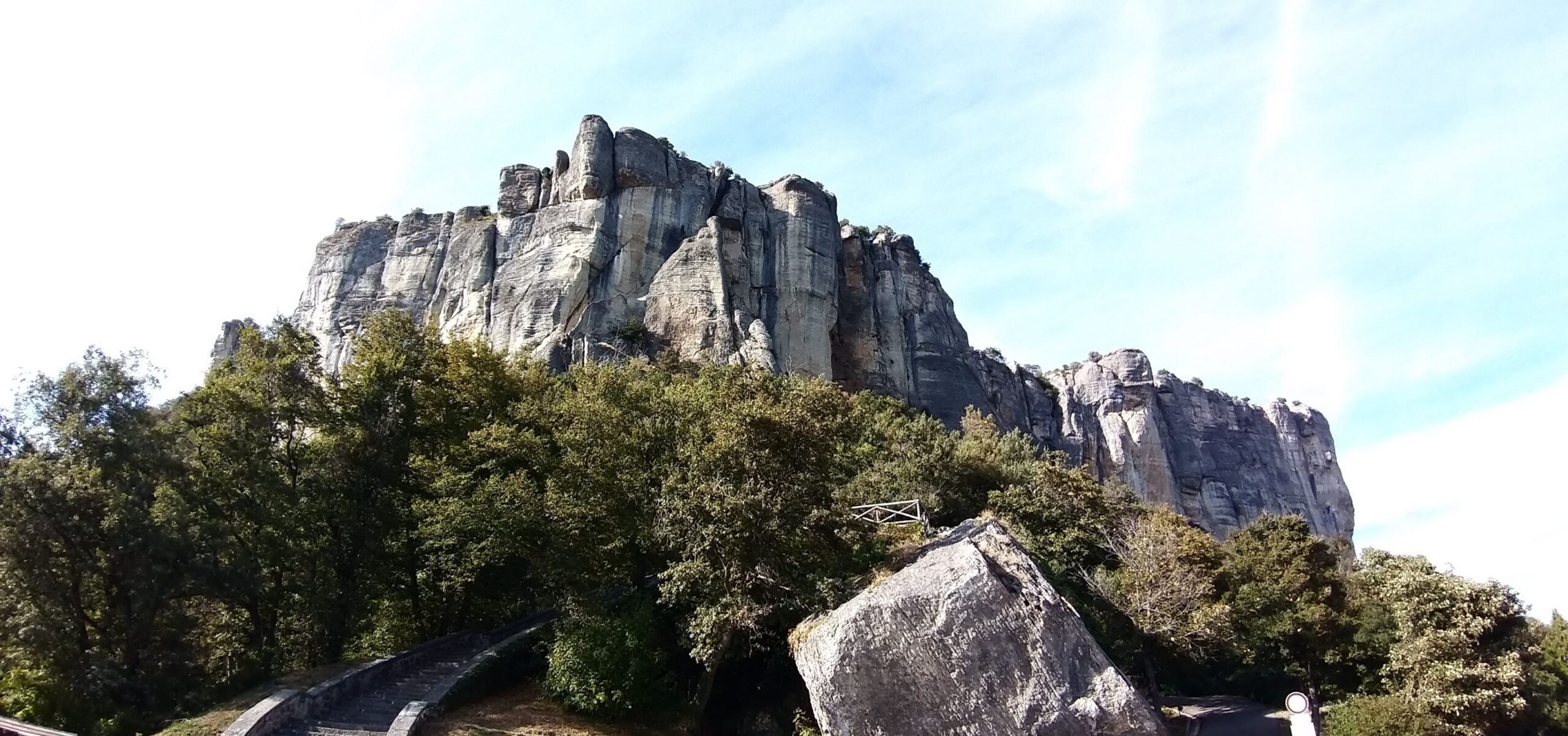Trail maintenance is one of the main management tasks in natural parks and protected areas frequented by tourists. On the one hand trails offer the opportunity to walk along safe paths and enjoy nature without invading protected areas, however, several factors may degrade their practicability. Point impediments such as a tree fall, a soil slip or a landslide may locally interrupt the trails requiring a prompt intervention from the natural park staff. Other factors such as soil erosion act all along the trails and depend on specific as well as on external factors, and it is usually managed in the long term. The specific factors related to trail erosion may be associated to its topographic profile, with steeper or flatter traits, or to the presence along the route of different lithologies influencing soil consistence that may enhance or prevent erosion as in the opposite cases of loose materials or a compact rocky surface. Moreover, the presence of a forest cover and a developed root network, or its absence e.g. along a clearing or in the areas above the treeline, may also differently influence soil erosion along a trail. The external factors influencing soil erosion along trails usually act with different intensities through time and may be due to intense precipitation events and heavy frequentation by tourists. The number of tourists passing along a trail is surely an important variable, however also the type of use of the trail is important, as tourists may be walking with or without walking sticks, running, riding bikes or horses, thus inducing different impacts on erosion. At the Pietra di Bismantova pilot site, for the HUMANITA project the University of Parma has adopted an approach for estimating soil erosion by coupling tree root analysis and a high-resolution digital elevation model acquired through photogrammetry and laser scanning. Roots, when they come to light because of soil erosion, start growing in a different way, usually producing larger annual tree rings with narrower vessels. By counting the tree rings since this change occurred, is therefore possible to know the exact number of years that have passed up to present. Roots have been analysed using the facilities of the Dendrochronology Laboratory of University of Parma. The current soil surface around the emerging root has been used to estimate the local slope and the present root heights. This height is related the amount of soil that has been eroded since root emersion. Therefore, for each of the analysed roots it has been possible to estimate an annual erosion rate. As a preliminary result we obtained a mean value of 4.1 mm/yr in the last 10 years.

G. Leonelli
Estimating soil erosion rates along trails by means of tree root analysis
Date: 10.01.2024
By: HUMANITA